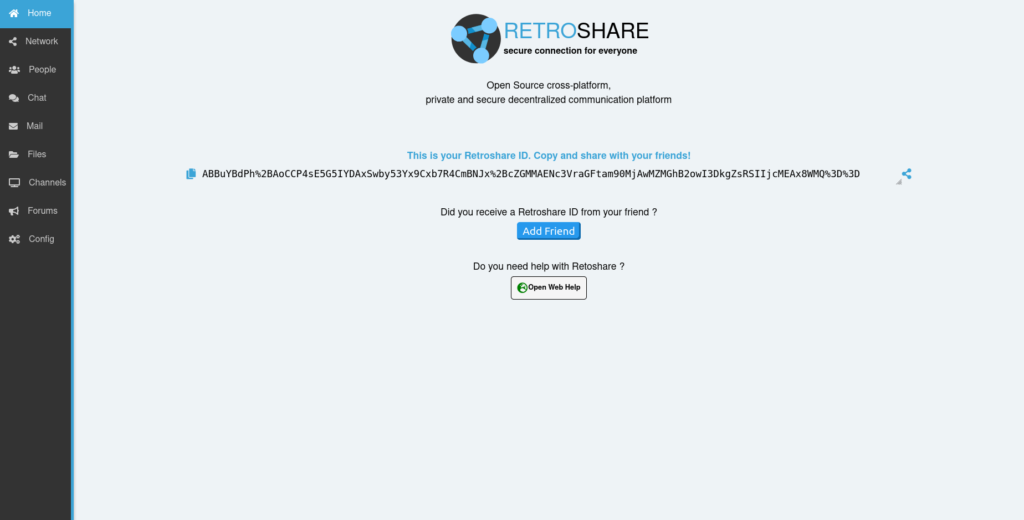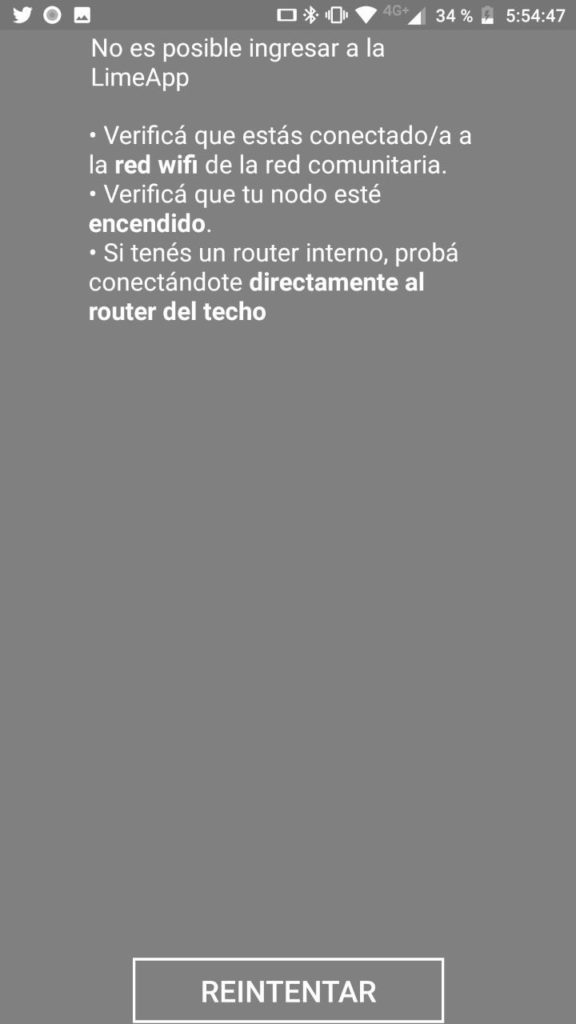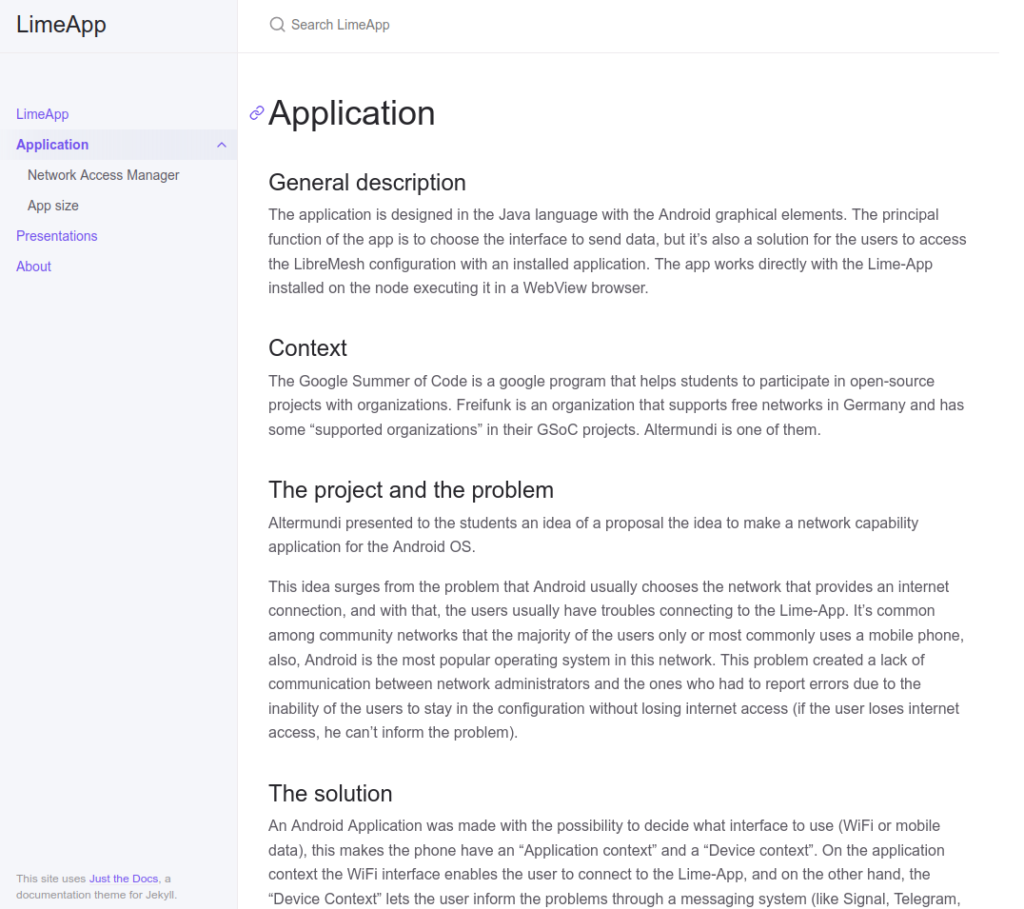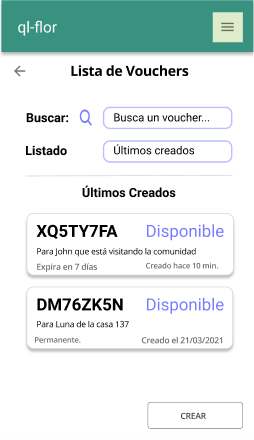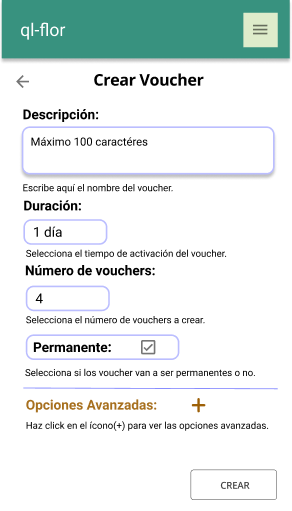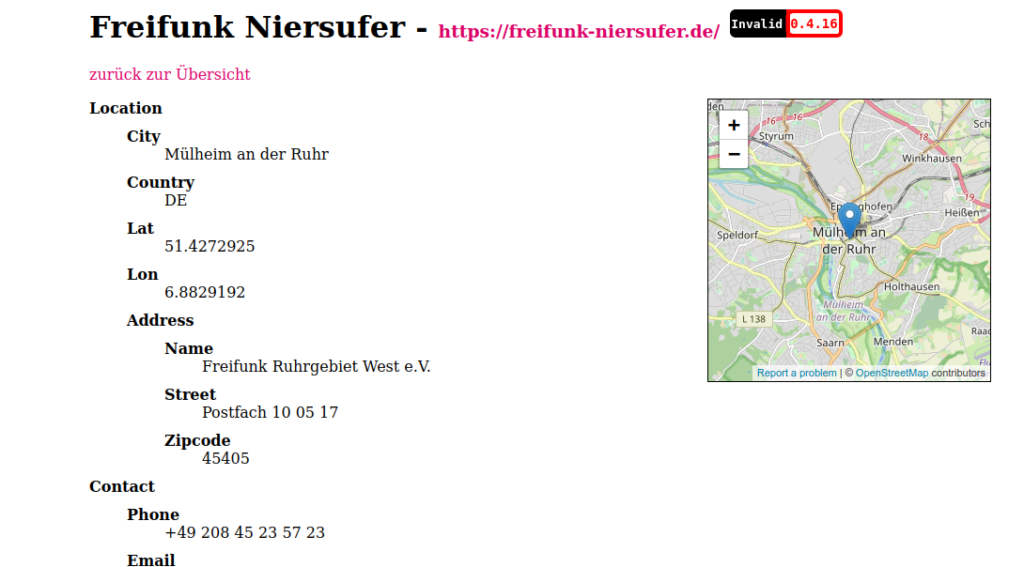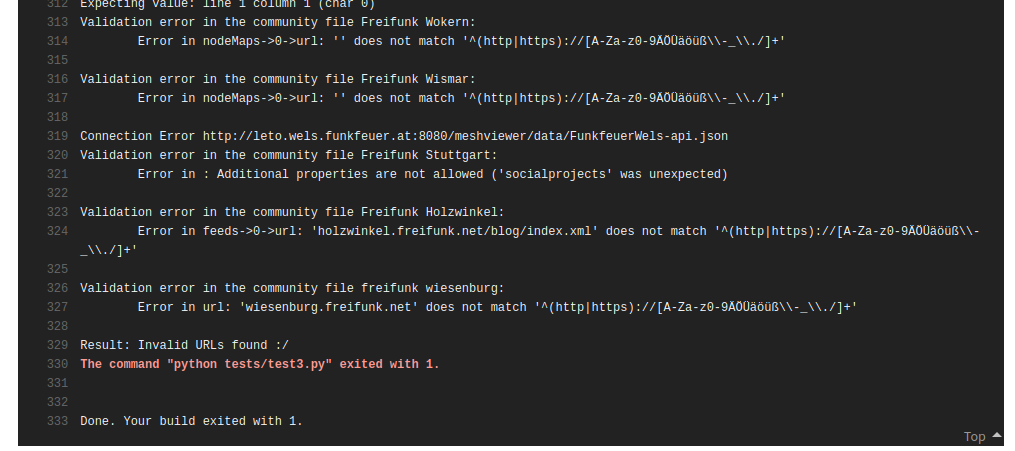Hello everyone!
My name is Jonas and I have the opportunity to be part of GSoC’22 cycle. With this first post I would like to introduce me and my project. The essence of the project is to provide and evaluate an implementation for TX-power control in the WiFi subsystem of the Linux kernel.
About me
I’m Jonas Jelonek and I recently finished my bachelor degree in ‘Automation and Electronics Engineering’ at the University of Applied Sciences Nordhausen in Germany. This summer I have some free time before I will begin my master studies in October, which I will spend on realizing my GSoC’22 project.
Coding has been a passion of mine for a long time and I have always been a fan of open source software (OSS) and hardware as they usually provide more possibilities and benefits as their proprietary counterparts. OSS is ubiquitous in my environment as I love both to use and to contribute to OSS, and also to share my code with others. During my studies, I had the opportunity to extend my knowledge and coding skills, and also to get more in touch with open source projects. I am involved in projects targeting research whose achievements are later going to be available open source.
Besides, I also had the honor to visit conferences like MECO, SSEA and ESA PAC which aim at sharing knowledge and expertise in fields of hardware and software engineering and offer the possibility to get in touch with scientists and engineers from other countries.
My motivation
My motivation mainly comes from a research project I have been part of since 2020. This project aims at developing, implementing and evaluating new and improved resource allocation algorithms for WiFi networks. As WiFi networks are becoming more and more important, the same applies to their reliability and performance and the efficiency of the underlying hardware. TX-power control (TPC) is a way to improve this by adjusting the transmit power per packet or per multi-rate retry (MRR), resulting in overall higher throughput in wireless networks and/or higher efficiency by optimized resource allocation.
Beginning in 2007, Atheros 802.11a/b/g/n chipsets (driven by ath5k and ath9k Linux drivers) started to support TPC in hardware, followed by Mediatek recently. They allow to set the TX-power per packet, but yet do not provide a driver interface for this in the corresponding Linux drivers. Unfortunately, also the mac80211 subsystem, which is responsible for WiFi communication in the Linux kernel, does not provide an appropriate API to support TPC and per-packet/per-multi-rate-retry annotation of TX-power.
I want to change that! I want to provide a proper TPC API for the Linux kernel to extend its support in several devices and to allow several projects to research the improvements and opportunities of TPC for wireless networks.
What we want to achieve …
Main goal of this project is to implement the missing three-tier software parts that make TPC for WiFi hardware in the Linux kernel possible:
- (1) mac80211 structs to annotate TX-power levels per packet
- (2) mac80211 structs to account TX-power status information once transmitted
- (3) a TX-power control (TPC) API for TPC algorithms
This is achieved by developing and implementing the required structs in the mac80211 subsystem. These steps are subject of the first milestones and will be worked on in phase 1 of the coding period.
In addition to this, I will modify several Linux WiFi drivers to make use of this API. In the beginning we target to use ath9k and mt76 WiFi drivers for Atheros and Mediatek hardware. This hardware will then be used to test and validate the implementation in several experiments. These further changes and the evaluations are part of phase 2 of the coding period.
What we have done so far …
Usually, some time passes between the submission of a patch to the kernel mailing list and its final integration in a kernel release. We have already been preparing the implementation of TPC in the Linux kernel for some time with some patches .
Before GSoC I already worked on ath9k and ath5k Linux drivers, changing the way those two drivers receive TX rates from rate control algorithm to use the latest mac80211 structs instead of legacy ones. This simplifies further adjustments mandatory for TPC during the GSoC project. The corresponding patches were posted on the kernel mailing list in Nov 2021, and were included in the Linux kernel release 5.16 in Dec 2021. (commits 7f3a6f5dd207ecd582e1f02ebdb498493770a490 and a5d862da91058a855ab00bf46b5383543bbf3979)
In May 2022, I implemented changes in the TX status path of the mac80211 subsystem, minstrel_ht rate control (RC) and two WiFi drivers, and proposed them as patches on the kernel mailing list. They already include a new struct that allows the usage of all MCS rates (including 802.11ax and above, before only up to 802.11ac) and TX power annotation in status path, changes in minstrel_ht to make use of these changes and resulting changes in WiFi drivers mt76 and ath11k. These changes were approved within short time and will be included in the upcoming release 5.19 of the Linux kernel. (commits 44fa75f207d8a106bc75e6230db61e961fdbf8a8 and 569cf386ec5f4619388ae0c62169175dc2804f32)
In the community bonding period, I discussed the project objectives with my mentor and we made a plan for the upcoming steps of the project. After that, I started to work on the structs and their implementation that are part of the first milestones of the project.
What’s next?
As already mentioned in the text, there are several steps to work on and it’s a tight schedule. I already started to work in the structs and their implementation, and this will also be the task for the following weeks. This usually takes some time to develop a proper and well-thought design.
But I also the integration of this API into the already mentioned drivers will be begun in by the end of this period.
That’s my project!
I will keep you up to date with the progress. Keep watching!
Thanks for reading!
Jonas
